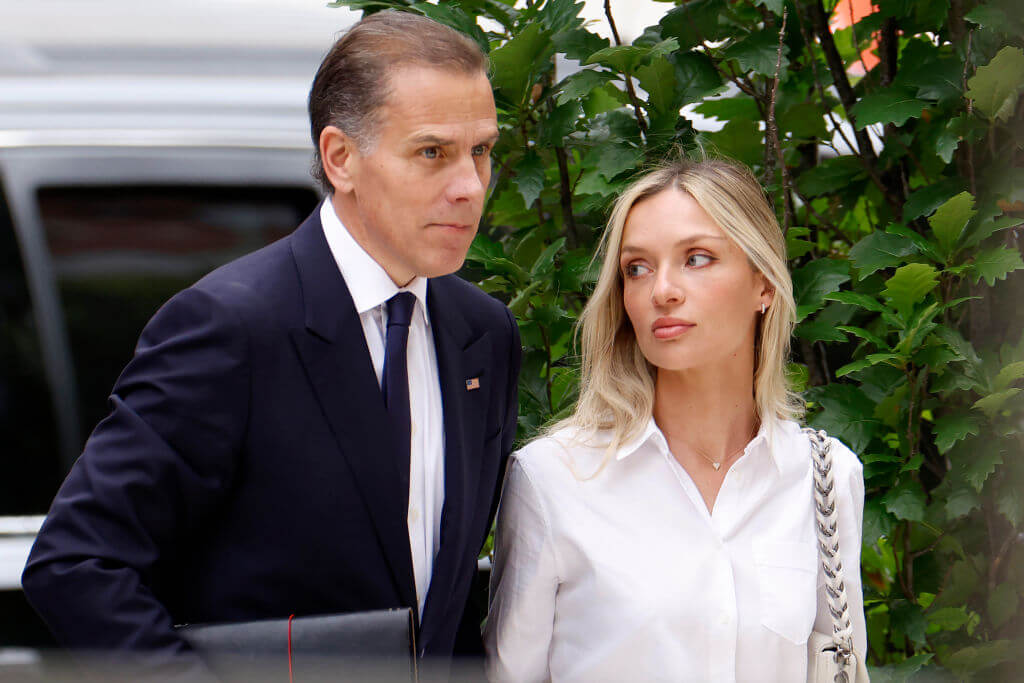Q&A: Photographer Maya Barkai’s Walking and Working Worldwide Icons

Photo by Dan Keinan. Courtesy of Maya Barkai.
In Downtown Manhattan, an international city where pedestrians clog the sidewalks, photographer Maya Barkai’s “Walking Men” fits right in. At the same time, these 99 life-size representations of “walk” signals from around the globe definitely stand out.
“Walking Men 99,” an art installation stretching 500 feet around Church Street in Lower Manhattan, was originally launched by the Downtown Alliance in January 2010 and curated by Artea Projects. Last month, the project was updated with an influx of additional photos contributed by the public through Barkai’s website. In addition, a 77-figure version of the installation was commissioned last summer by PERMM, a contemporary art museum in Perm, Russia.
Inspired by “Working Men,” the Bat Yam Biennale of Landscape Urbanism in Israel invited Barkai to create “Men at Work,” an exhibition featuring 59 life-size “working men” (and “working women”) signs from around the world. It went up around a construction site in the city south of Tel Aviv last September and is still on view.
The 30-year-old Barkai has been living in New York since arriving to attend the School of Visual Arts following her military service as a photojournalist for the Israel Defence Forces’ BaMahaneh magazine. She hails from a Jerusalemite family involved for several generations in collecting, selling and making art. She spoke recently with The Arty Semite about her traffic-stopping photography.
Renee Ghert-Zand: What first sparked the idea for the “Walking Men Worldwide” project?
Maya Barkai: Although I do a lot more fine arts photography now, I come from journalism…. When I first moved to New York, I was still working a lot as a photojournalist and I got to travel a lot. It was that, combined with the fact that in the early part of the last decade, Mayor Bloomberg changed the traffic lights in New York from “Walk” and “Don’t Walk” — such an iconic image — to a more pedestrian-friendly icon. It was this change that made the idea come into my consciousness. I went back to Israel, and I realized that the green man is different everywhere. I started collecting “Walking Man” images for myself, and that is how it began. At the beginning I called it the Green Man Project, because in my visual memory I had the green walking man from Israel, but I had to change the title because it’s not even green in New York.
Crowdsourcing is a key element of this project. How does this collaborative approach work?
Crowdsourcing is a really important concept for me, in that it’s a collaborative process and all these artists meet on one canvas. The new version of “Walking Men 99” was just installed, and it was all thanks to the fact that people kept on sending pictures so that I had enough new icons to add to the collection, which expands and grows all the time.
Not every picture that an amateur photographer takes is necessarily usable for the project. It demands very high-quality photography. Viewers almost don’t think about the transition between the small image I receive in the beginning and the final result, which is human scale.
Is there a specific reason why there are exactly 99 “Walking Men”?
There’s a reason why it stays 99. The project is on 99 Church St., and also with the physical space we had, 99 icons worked out perfectly.
In what way is “Men at Work” different from “Walking Men”?
Graphically, the images are even more simplified, because they are silhouettes. They are mostly black, and their background is sometimes white, sometimes yellow. One more interpretation was that I put in a piece of ground — a line that unifies them all. In “Walking Men,” I didn’t really go into the figures, I just left them as they were, but this time there was something I wanted to add, to express that all these working men are here together and they are not just isolated. They are actually working on common ground and toward a common goal.
Has creating these installations affected your sense of yourself as a photographer?
As a photographer I believe in texture and light, so projects like these are only one side of my artistic world. These projects have gotten so much attention, but I work on other types of projects all the time. I’ve been a photographer since I was 16, and professionally since age 18, when I joined the army. I still mainly shoot negatives, and I love it. For the work that is closest to me, I won’t give in to any digital, technological advances.
I can say that my obsession for collecting has grown as a result of working on these installations. It really does excite me to land in a new city and to see how different things are. I notice everything. I take and save photos of silhouette icons of airplanes, runners, skiers… everything. I won’t say what my next project is, but the beginnings of it are in my drawer.
A message from our CEO & publisher Rachel Fishman Feddersen

I hope you appreciated this article. Before you go, I’d like to ask you to please support the Forward’s award-winning, nonprofit journalism during this critical time.
At a time when other newsrooms are closing or cutting back, the Forward has removed its paywall and invested additional resources to report on the ground from Israel and around the U.S. on the impact of the war, rising antisemitism and polarized discourse.
Readers like you make it all possible. Support our work by becoming a Forward Member and connect with our journalism and your community.
— Rachel Fishman Feddersen, Publisher and CEO























